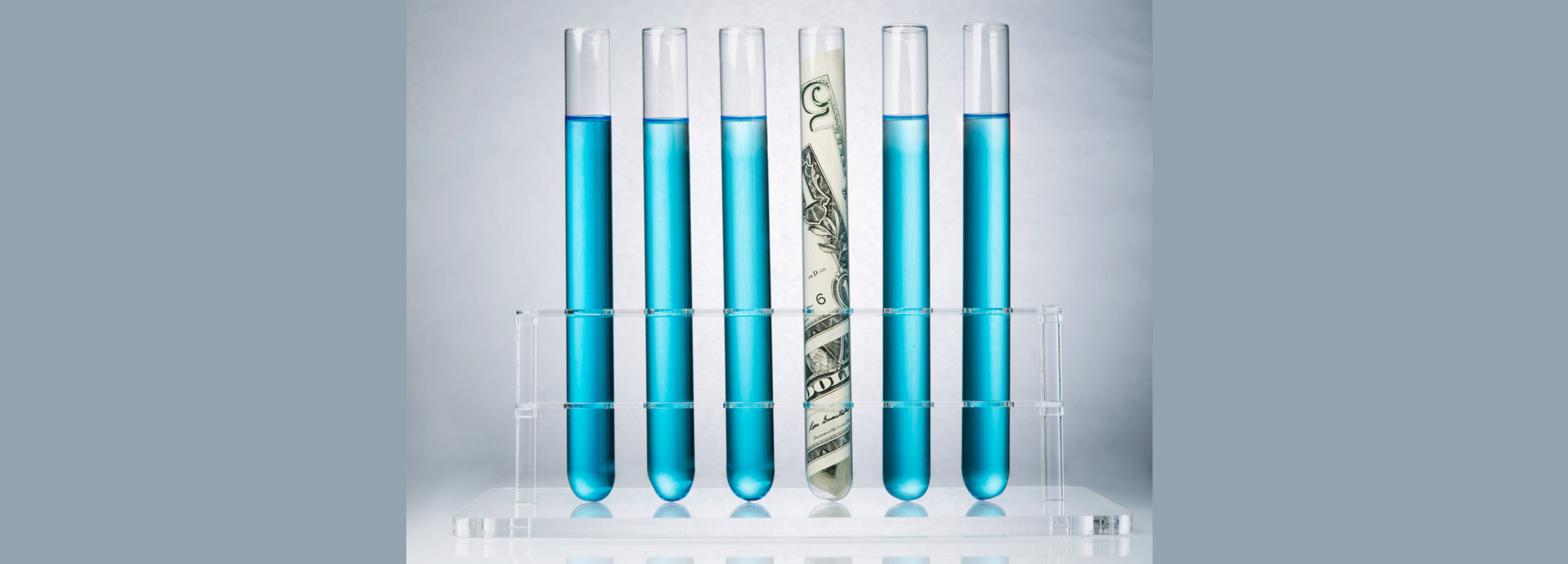Pharma and biotech marketing budgets are continually being stretched, diverted, or otherwise streamlined, even for the most prolific and profitable brands. What does not change, however, is the need to support the brand team with the best possible research. Great research does not always need to “break the bank.” In fact, optimized research can actually be very affordable and provide deeper insights. With relatively low budgets and restricted resources, even emerging biotechs could gain from early and effective insight into their customers. It isn’t about cutting corners to accommodate a smaller budget; it is about planning ahead and being flexible from the outset. Rather than making uninformed decisions or relying on intuition, even small market research initiatives can help advise on the right targets and confirm that the marketing strategy is robust, thereby delivering significant long-term ROI. The more you know about your customers, the more prepared you are to create more targeted marketing, anticipate changes, and ultimately, deliver on the brand promise.
So How Can I Research Cost Effectively?
The keys to doing great research without a big budget are focused on planning and partnering for the future:
- Consider your entire research plan before investing in the first study
- Focus on the key goals of the research
- Consider creative methods to capture insights
- Use technology to your advantage
First, Create a Great Research Plan
All too often we hear our partners talk through a laundry list of studies that they “have to” complete, or how certain studies they have conducted have either overlapping goals or final outputs that seem to contradict one another.
One of the most important steps to ensuring that you are completing great research (regardless of budget) is to ensure you’ve built a roadmap of all insights you’ll need to gather over the coming year before commissioning your first study. Plan for the insights you need, not the studies that need to be completed.
For a novel drug launch, several insights will be needed including understanding the patient journey, demand assessment, brand messaging and positioning, segmentation, sales force effectiveness planning, and the list continues. If the budget allows it, sophisticated and separate market research workstreams can provide tremendous insights that can both inform and support brand strategy. However, when faced with budget constraints, consider where you can potentially gather the insights needed for a few of these business needs in one engagement.
For example, with the right insights partner, a study can be designed to capture demand, and then further data-mined to form the early platform for segmentation and messaging. Often it is not the data collected that will help you to glean actionable insights, but the questions you ask of it. Additionally, cross-functional workshops tailored to combining knowledge and resources can ensure you can collate goals into a single budget efficient study instead of smaller overlapping initiatives.
Expanding your planning process to include a trusted research partner can further expand the benefits of insights planning. A trusted partner can work with you and help anticipate what insights will be needed when, and help you to generate the most encompassing research plan. In addition, by leveraging a single trusted partner, cross-study learnings do not rest solely within your own team but across all who are working towards the success of your brand. Finally, a trusted partner across insights generation will help to reduce onboarding time between projects, saving costs, and ensuring nothing gets missed along the way.
To get the most from your research investment, treat your chosen agency as a partner and invest time with them to ensure they understand your brand, and more importantly, any strategies that are unique to it. The more you invest upfront, the better insights you will achieve out of the process.
Focus on the Key Research Goals
Always opt for quality over quantity; start small but keep it good. When faced with budget constraints, it is critical to focus on what will deliver the most relevant information, and what stakeholders are most valuable to uncover these insights. Continually question what you really need to know and ask what you are going to do because of it. Prior to commissioning research, ask yourself what your key business priorities are and if this research allows you to address those.
The best laid plans often go awry—especially when trying to plan out for all eventualities. Once you’ve generated your insights plan and have budgeted your projects, sometimes the dreaded scope creep begins to encroach on your plans. Other teams come forward to ask about including a few questions or competitive intelligence prompts a last-minute revision. In times like these, we understand the reaction to accommodate and to squeeze in as much as possible, but there are times when the project simply cannot adapt far enough.
Part of controlling budgets before they spiral out of control is to ensure the focus is on what matters most. If you’ve planned for what insights you want to be captured, use that as a guide for what research “add-ons” are necessary, rather than superfluous. Ask yourself “Based on the insights I need to gather from this study, will this addition add value or is it just nice to have?” By concentrating on what matters most for the studies you’ve planned, you can maintain a streamlined approach toward the primary goals of the study and make tight budgets work.
Consider Creative Methods
It’s 2019. Let’s try something a little bit different. Traditional, “tried and true” methods can be improved upon. Novel approaches can make it easier for respondents to answer your questions and lead to lower overall costs through efficiencies.
Consider, for example, the case of an oncolytic that is expected to launch with a late-line indication. In a traditional demand assessment, physicians may need to complete tedious exercises that warrant mental gymnastics to convert their experiences with real-life individual patients into numbers. The exercise gets repeated with introduction of new information and sometimes gets further complicated by factoring in multiple new competitors.
Instead of the larger, traditional study, consider utilizing a novel methodology such as Patient Simulation that will allow for targeted demand assessment and potential re-use for addressing ancillary business questions. Patient Simulation recreates individual treatment decisions for physicians by presenting a patient chart and asking them to make treatment decisions for that patient. By lowering the burden on respondents, you can reap the rewards of a more streamlined study that is ultimately less expensive and produces more accurate results. The data collected in the study can be re-purposed to answer other business questions beyond demand assessment, e.g., who are my target physicians, which patients are key candidates, and what product benefits resonate.
Before planning your next research engagement, look into innovative methods to gather the same or similar information at a lower cost. It’s possible to complete both cheaper and fast turnaround studies that are pre-programmed and executed in a matter of days—not weeks.
Use Technology to Your Advantage
Technology can also be leveraged and combined with novel methods to save on project costs. When conducting qualitative research, you do not necessarily need to travel with an entourage to multiple cities and countries. You can maintain the same level of intimacy with a much smaller logistical cost by leveraging technology effectively.
You can minimize costs of qualitative research without sacrificing the “live” feel by using software, webcams, and microphones that can easily be setup by your partners. Both in-person interviews and focus groups can be replicated virtually with video and audio equipment already owned or sent to your target respondents to capture respondents’ body language.
Research can be taken even further to the realm of virtual reality through the use of asynchronous bulletin boards, which allow respondents to login when it is most convenient and conduct either live or delayed conversations with one another to debate topics of interest. We often recommend these to clients when targeting smaller populations for group discussion, or when the logistics and cost requirements to get key audiences together in the same room can provide a hurdle to project feasibility.
Great Research Doesn’t Require a Big Budget
The best tips for maximizing your research budget can be utilized across everything you and your brand are already doing today:
- Consider your entire research plan before investing in the first study
- Focus on the key goals of the research
- Consider creative methods to capture insights
- Use technology to your advantage
Great research partners will embrace these approaches with you, help to brainstorm the most effective ways to generate insights, and ensure that there are minimal tradeoffs even on a shoe-string budget. Always be sure that the partners you select will work with you, rather than for you, to ensure all goals are aligned and success can be shared.










